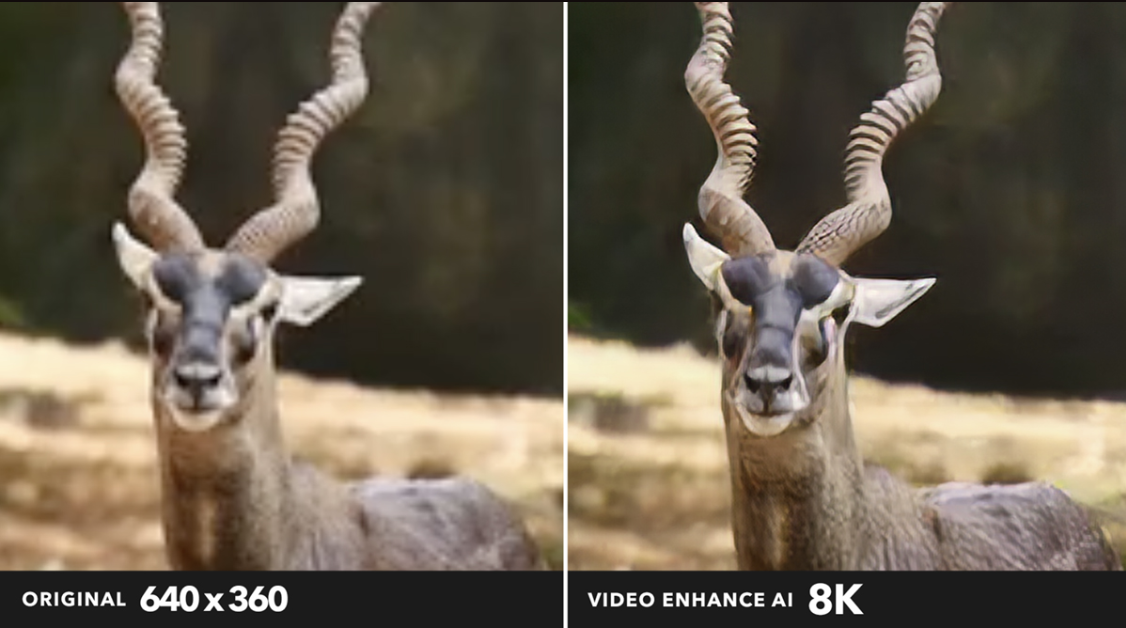As title, can someone here explain to me differences between DLSS and AMD's version please. I realise that Nvidia's is supposed to be the mutt's nuts and every man and his dog (see what I did there) is going on about it, along with R/T, but I'd like to know, at a BASIC level 'cos I'm old and thick, what the differences are.
Cheers in advance.
Cheers in advance.



